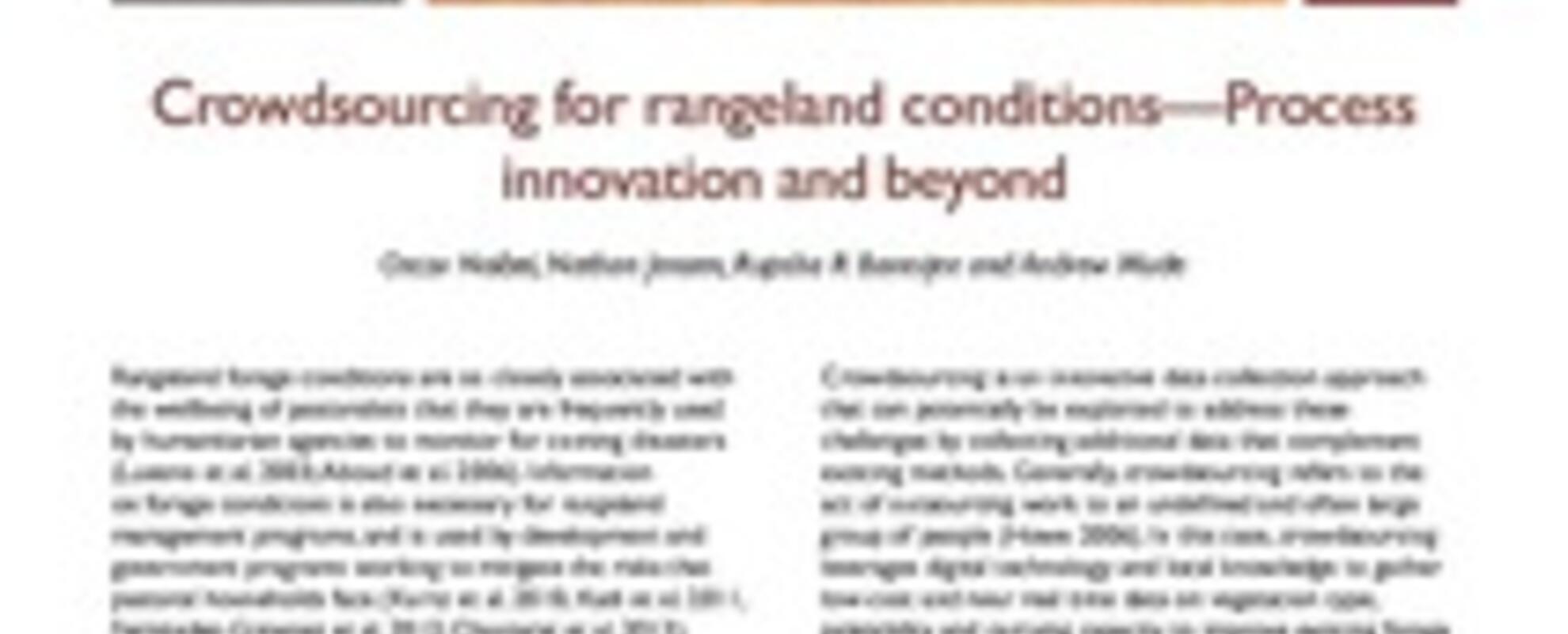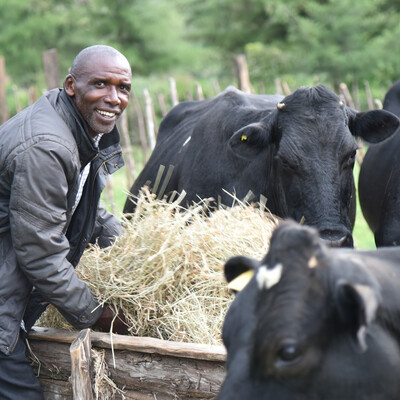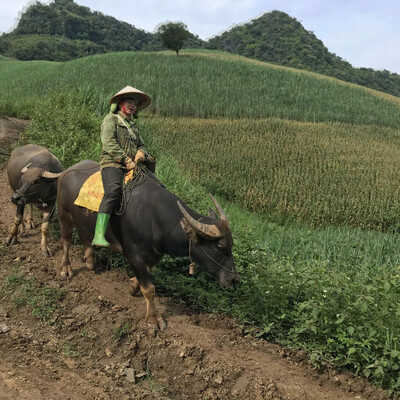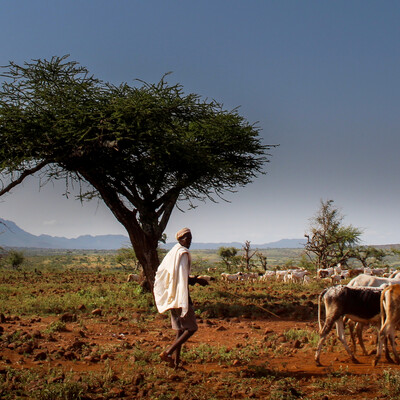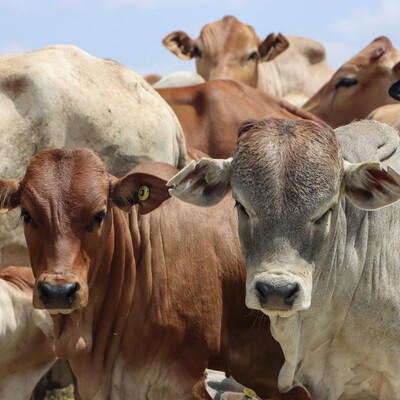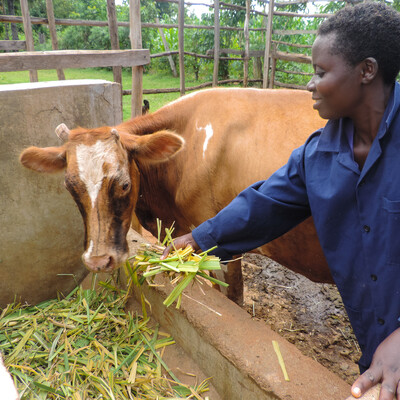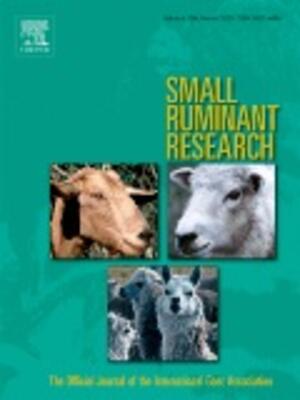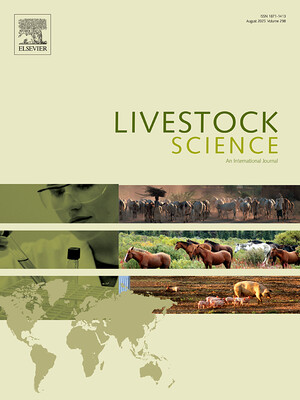
Crowdsourcing: an approach to revolutionize and improve rangeland monitoring
Crowdsourcing, which is outsourcing work to an undefined and often large group of people, is an innovative data collection approach that could be exploited to provide information on rangelands forage conditions to improve rangeland management programs.

A recent study by the Crowdsourcing for Rangeland Conditions project—implemented through a collaboration between the International Livestock Research Institute (ILRI), Cornell University and the University of Sydney—applied a crowdsourcing approach to collect detailed information on forage conditions in northern Kenya.
For more than a decade, the satellite-based advanced very-high-resolution radiometer (AVHRR) sensor has been in use. It provided daily time series of normalized differences vegetation index (NDVI) data from across the earth. However, the resolution is inadequate to distinguish between plant species and the palatability of the vegetation.
The study showed that crowdsourcing can be used to seal gaps in the AVHRR method by using digital technology and local knowledge to gather low-cost and near real-time data on vegetation type, palatability and carrying capacity to improve existing forage models relying on remotely sensed data.
Researchers in this study used crowdsourcing to collect accurate, low-cost and real-time data on rangeland conditions. According to the findings, the approach has the potential to revolutionize and improve the process of rangeland monitoring and could be used by the National Drought Management Authority to validate and expand their existing monitoring systems.
Findings from this study could also be used to calibrate the index used by the ILRI-led Index-Based Livestock Insurance (IBLI) project.





